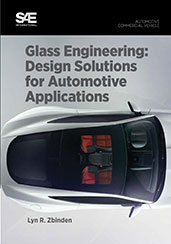Journal Article
Compression Ignition 6-Stroke Cycle Investigations
2014-04-01
2014-01-1246
Driven by the desire to implement low-cost, high-efficiency NOx aftertreatment systems, such as Three Way Catalysts (TWC) or Lean NOx Traps (LNT), a novel 6-Stroke engine cycle was explored to determine the feasibility of implementing such a cycle on a compression ignition engine while continuing to deliver fuel efficiency. Fundamental questions regarding the abilities and trade-offs of a 6-stroke engine cycle were investigated for near-stoichiometric and lean operation. Experiments were performed on a single-cylinder 15-liter (equivalent) research engine equipped with flexible valvetrain and fuel injection systems to allow direct comparison between 4-stroke and 6-stroke performance across multiple hardware configurations. 1-D engine simulations with predictive combustion models were used to support, iterate on, and explore the 6-stroke operation in conjunction with the experiments.

